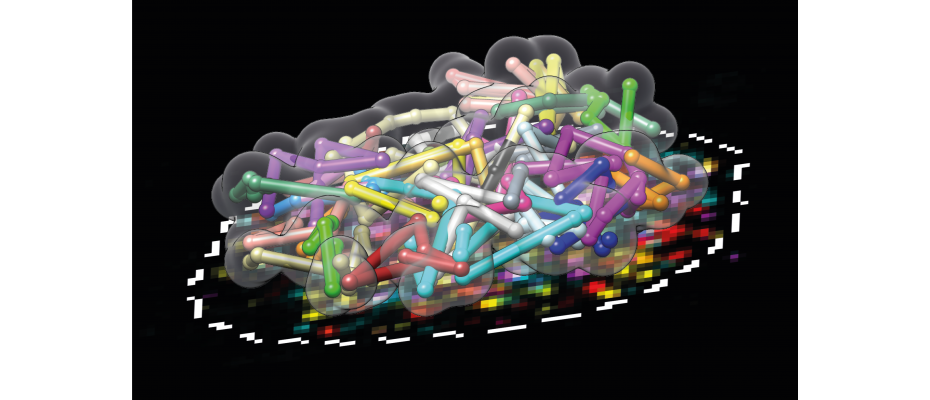
BCN, 31 August 2021.- The Centro Nacional de Análisis Genómico (CNAG-CRG) will be part of the Center for Genome Imaging, a new infrastructure based at Harvard University that will develop technologies that enable the imaging, analysis and modeling of the entire human genome in 3D and at extremely high resolution. The transatlantic collaboration is an important step towards the ultimate goal of visualising the entire human genome at super-resolution.
Together with Ting Wu at Harvard Medical School, Nicola Neretti at Brown University and Erez Lieberman Aiden at Baylor College of Medicine, Marc A. Marti-Renom has received a $11.2-million, five-year grant from the U.S National Human Genome Research Institute (NHGRI) to set up the centre. Half of the funding from the grant, which runs through March 2026, will go to Harvard Medical School, with the rest divided among the three other groups.
“We are very excited to be part of the new CGI Center. With the funds from the CEGS program of the NIH, which are very rarely granted to non-US groups, we will be able to further develop and innovate our computational methods to address the outstanding challenge of seeing the entire human genome in its natural confinement.”, says ICREA Research Professor Marc A. Marti-Renom, and Group Leader of the Structural Genomics lab with joint affiliation at the CNAG-CRG and the CRG.
A better understanding of the detailed structure, mechanism, and function of the human genome can illuminate biological mysteries about genetic function and yield important clues about the origins of genetic changes that give rise to dysfunction and disease. Such detailed understanding begins with the ability to see the entire genome in super-resolution at a maximum close-up.
The structure of the genome is central to everything from the proper formation of sperm and egg to replication, cell division, and development from embryo to adulthood. Every healthy cell contains a maternal and a paternal copy of the genome. The ability to observe how they fold and package themselves during these biological events, and how those processes can go awry, could open new windows on how certain genetic diseases arise.
Current technologies for observing the genome at super-resolution and in a sequence-specific fashion are limited because they can practically observe no more than a handful of genes or, at best, a mere 1 percent of the genome at a time. According to Wu, this is a problem because genomic responses to disease or to developmental cues, such as those occurring during embryo formation and development, can involve hundreds to thousands of genes scattered across the entire genome.
Super-resolution imaging can reveal new worlds of activity within the genome. For example, super-resolution images can reveal how errors in cell division can lead to egg or sperm that contain too many or too few chromosomes, or cause chromosome breakage, which can cause genetic disease or cancer.
Certain viruses, notably HIV, infect humans by inserting themselves into breaks they create in the genome. Super-resolution images can clarify what happens to the structure of genomic regions when they are broken and pave the way to new treatments.
Super-resolution imaging could also yield insights about repetitive sequences of DNA, which constitute nearly half of the genome but whose precise role remains somewhat murky. The number, arrangement, and packaging of these repeats have been linked to genetic disease, so knowing how they are organized could help researchers better understand the molecular origins of such diseases.
Each of the research groups at the four institutions offers a unique and complementary area of expertise, ranging from genetics and genomics to chromosome mechanics, imaging at super-resolution, polymer-based, physics-based as well as restraint-based modeling, among others.
Over the past few years, the four laboratories have been developing super-resolution imaging technologies and computational methods, such as OligoFISSEQ, a new method for mapping genomes described by Marti-Renom and Wu last year in Nature Methods (link to CNAG-CRG’s news article from last year about the method). The ultimate goal is to visualize the entire human genome at super-resolution.
Learn more about the project here











